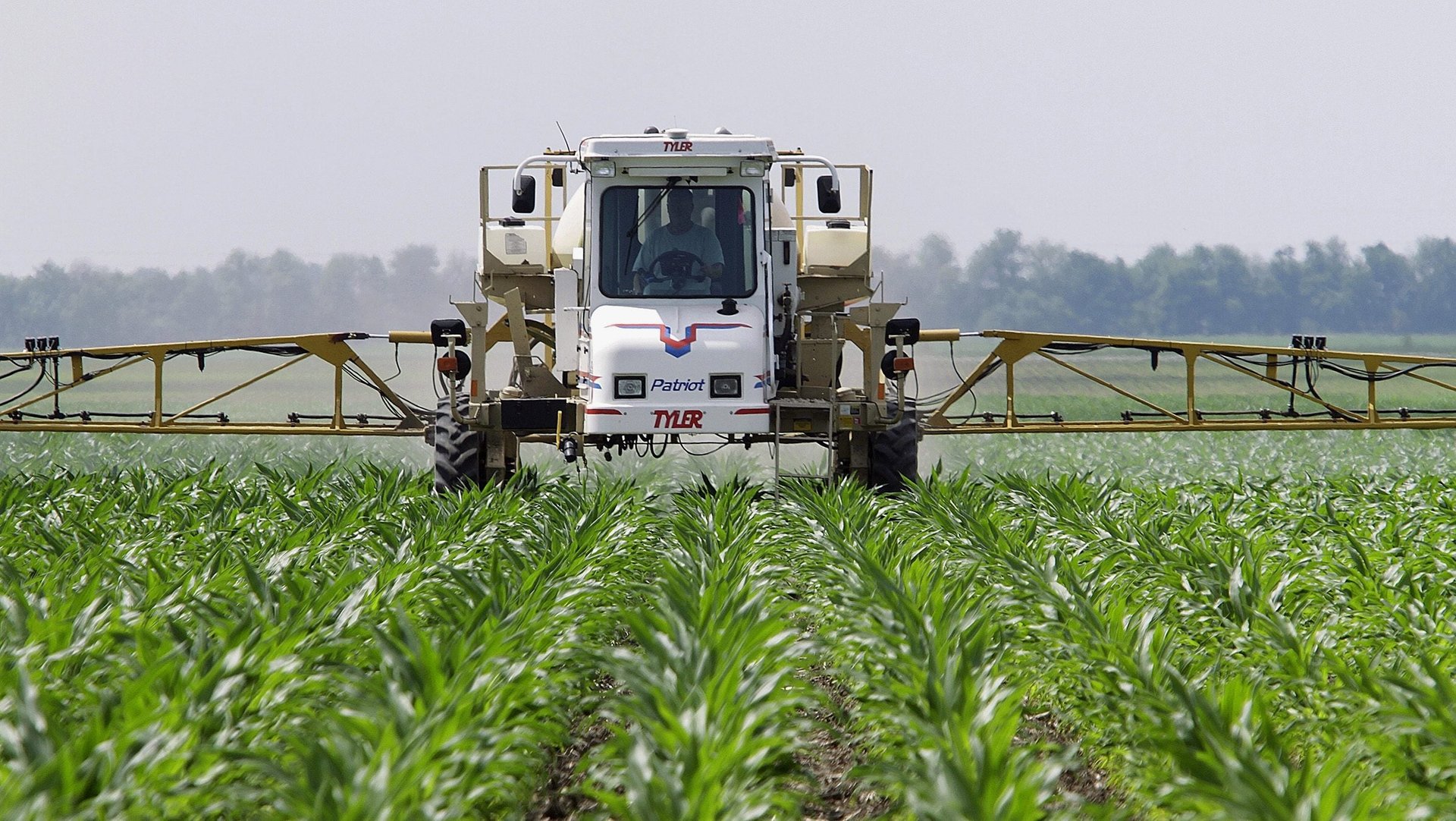Syngenta just funded a study on the best way to spray glyphosate
Agrochemical giant Syngenta funded a peer-reviewed paper published Friday that suggests glyphosate, an herbicide at the center of a worldwide public health controversy, would be better at killing weeds if it was sprayed on the plants at certain times of day.


Agrochemical giant Syngenta funded a peer-reviewed paper published Friday that suggests glyphosate, an herbicide at the center of a worldwide public health controversy, would be better at killing weeds if it was sprayed on the plants at certain times of day.
As of this July, 18,400 people in the US have joined multiple lawsuits claiming glyphosate led them to contract cancer. Yet glyphosate remains the most widely used herbicide active ingredient. Syngenta, owned by Beijing-based ChemChina, has a vested interest in the chemical’s continued use and performance.
In 2015, the World Health Organization’s cancer research body found evidence that glyphosate was “probably carcinogenic to humans.” Its analysis doesn’t establish the degree of cancer risk associated with exposure to the chemical, only that some degree of risk is likely to exist. Glyphosate use is now restricted in several countries and regions, but is still used widely in the US, throughout Latin America, and elsewhere.
Plants, like people, have circadian rhythms that alter their responses to their environment. In the Syngenta-supported paper, which also received funding from the UK’s Biotechnology and Biological Sciences Research Council, researchers from the University of Bristol and Syngenta determined that glyphosate was more effective at dawn, when thale cress, a popular model plant for scientists, appeared most sensitive to it. The glyphosate was able to kill the germinating seedling best at that hour, as opposed to at dusk, when the herbicide seemed to not do much of anything.
This would hypothetically mean that a farmer who precisely timed their spraying could use less glyphosate to kill the same amount of weeds. The researchers noted that $5 billion worth of glyphosate is purchased each year in the US, and $11 billion worldwide. “This scale of glyphosate use makes strategies to enhance its utility commercially and environmentally attractive,” they wrote.
Previous papers have found glyphosate may be harming pollinators like honeybees, and could be altering the growth and reproduction of aquatic animals like mollusks and crayfish when it washes off of fields into nearby waterways. Weeds have developed resistance to glyphosate, and some research connects glyphosate to a rise in antibiotic resistance in bacterial populations as well.
The US Environmental Protection Agency has declined to regulate glyphosate, which means the scale of glyphosate use in the country is unlikely to change in the immediate future. Just last week, the regulatory body stepped in to block California from adding a warning label about cancer risks to glyphosate products.
Meanwhile, hundreds of glyphosate lawsuits are still pending, all of them directed at German multinational Bayer, which bought agrochemical giant Monsanto last year. Monsanto sells glyphosate as an herbicide under the popular brand name Roundup. On top of claiming that Roundup caused tens of thousands of people’s cancers, the suits allege that Monsanto deliberately manipulated public information and science on glyphosate to avoid it being labeled as a carcinogen. So far, juries have decided that Monsanto’s Roundup did play a role in causing four people’s cancers.
Yet despite also selling glyphosate herbicides under its own brand names, including Touchdown Total, Syngenta has remained unscathed by legal action.
“To date, Syngenta has not been named in any of the glyphosate suits,” Syngenta CEO Mark Patrick said on a call last month.
Update: A previous version of this article stated that juries have decided that Monsanto’s Roundup played a role in causing two people’s cancers. The correct number is four.